Dock Technik UK Dock Bumper / Dock Buffer Stock
- @docktechnik
- Sep 2, 2020
- 2 min read
Updated: Nov 13, 2021
Getting the Most from Your Loading Bay Dock Buffers
The dock buffer or dock bumper is essential in protecting the dock face and loading bay equipment from impact damage when vehicles reverse onto the loading bay. Having the correct size, style and material dock buffers that are compatible with your fleet will ensure the longevity of the buffers and the HGV buffers on the vehicle itself. At Dock Technik we have a range of dock buffer materials including Heavy Duty Rubber Buffers, Yellow Nylon Plastic Buffers and Steel Cover Plates that can cap the Rubber Buffers. Our Rubber Dock Buffers and Nylon Dock Buffers can be installed in a variety of styles including onto fixed dock buffer plates, sliding housing or sprung loaded buffer plates.
At Dock Technik we can survey your site and tailor the Loading Bay Buffer arrangement to best suit your requirements but there are other steps that can be taken to increase the life-span of your Dock Buffers and help protect your loading bay:
The Correct Use of a Dock Buffer
1. If there is a loading bay traffic light it must be on green and then the trailer should gently reverse onto the loading bay
2. Every effort should be made for the vehicle to be straight and square as it reverses onto the bay and Wheel Alignment Guides will assist this if they are in place
3. The buffers on the rear of the HGV should make contact with the Buffers on the Loading Dock and both sides will meet at the same time if the vehicle is positioned correctly
4. Once contact has been made between the trailer buffers and the Loading Bay Buffers the vehicle should pull forward 50mm off the loading bay, this is critical in preventing excessive wear on the both the trailer and loading bay buffers as the vehicle will move and its height will change during the loading/unloading process
5. Although sliding dock buffers are designed to tolerate this movement of the trailer better, it is still recommended that the vehicle pulls forward and does not site tight against the dock buffer
6. At all times during the loading process a minimum of 100mm of the dock leveller lip should sit on the bed of the vehicle, if this cannot be achieved with the vehicle 50mm off the dock buffers then you should contact your service provider to discuss the best solution
General Maintenance
1. Regular checks of loading bays should be carried out, it is the ideal chance to identify any dock buffers showing excessive wear or buffer plates that may have come loose. This will help prevent incidents of accidental damage caused by dock buffers missing or not serving their purpose for any reason.
2. If you have any new vehicles coming on site you should check the compatibility of your loading bay with your service provider, one vehicle that is too big or small can be enough to cause severe damage to your dock shelter, loading bay door, the building and any other loading bay products
If you are unsure about your Loading Bay Buffer arrangement, contact Dock Technik and we will be happy to provide any support you require.







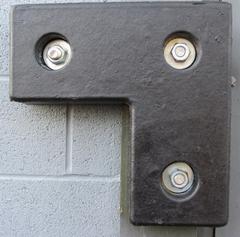

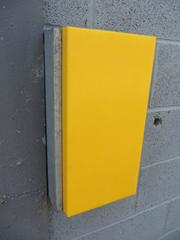
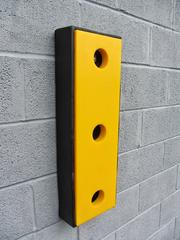

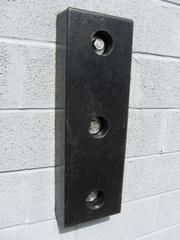

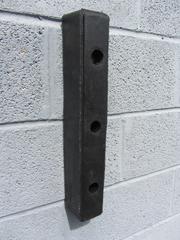
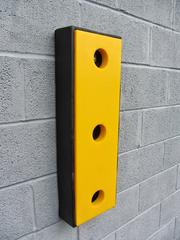

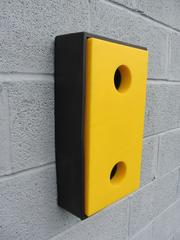


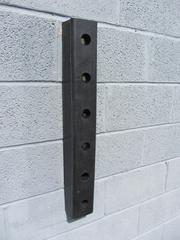



Comments